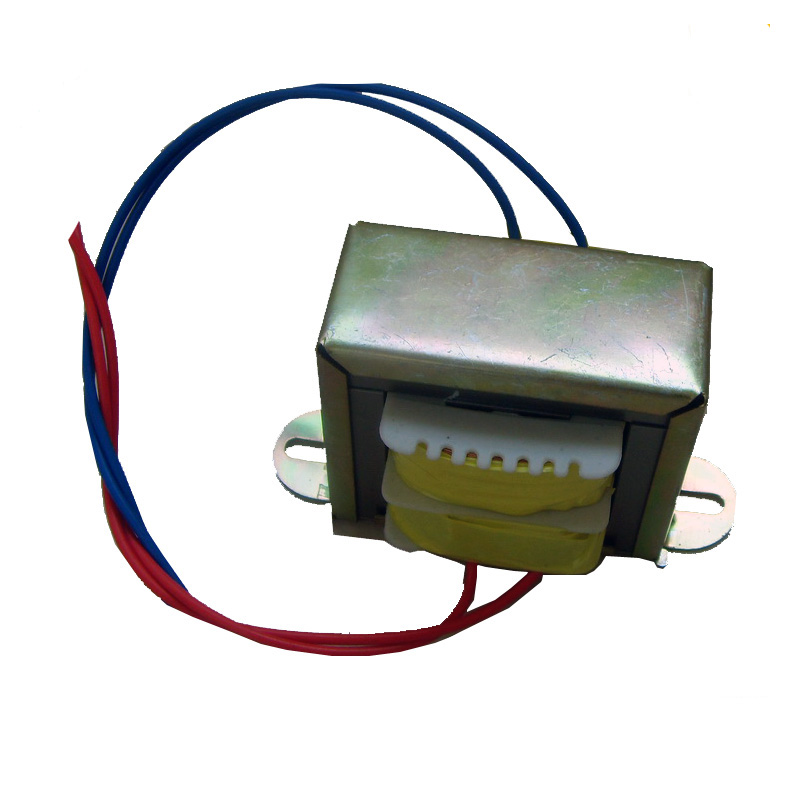Isolation transformer is a transformer with electrical isolation between input winding and output winding. Its function is voltage conversion, purification of power supply, anti-interference and protection of personal safety. It is widely used in many industries such as medical equipment, precision equipment, audio amplifier equipment, etc. Use. Today, I will introduce you to the basic parameters of the isolation transformer.

1. Rated power: refers to the maximum load power when the isolation transformer is working. It is the output power of the transformer for a long time at the specified frequency and voltage without exceeding the specified temperature rise.
2. Rated voltage: refers to the voltage allowed to be applied to the coil of the isolation transformer, which shall not be greater than the specified value during operation.
3. Voltage ratio: refers to the ratio of the primary voltage and the secondary voltage of the isolation transformer. There is a difference between the no-load voltage ratio and the load voltage ratio. No-load refers to the state when the isolation transformer is not connected to any electrical appliances, and load refers to the state where the isolation transformer is connected to electrical appliances when energized. The no-load voltage will be greater than the load voltage.
4. Working frequency: The core loss of the isolation transformer has a great relationship with the frequency, so it should be designed and used according to the frequency of use. This frequency is called the operating frequency. The general working frequency is between 50HZ~60HZ.
5. Efficiency: refers to the percentage of the ratio of secondary power to primary power. Usually the higher the rated power of the transformer, the higher the efficiency.
6. No-load current: When the secondary circuit of the isolation transformer is open, the primary still has a certain current. This part of the current is called the no-load current. No-load current consists of magnetizing current (generating magnetic flux) and iron loss current (caused by core loss). For a 50Hz power transformer, the no-load current is basically equal to the magnetizing current.
7. No-load loss: refers to the power loss measured at the primary when the secondary transformer isolation circuit is open. The main loss is the core loss, followed by the no-load current loss (copper loss) on the primary coil copper resistance, this part of the loss is very small.

